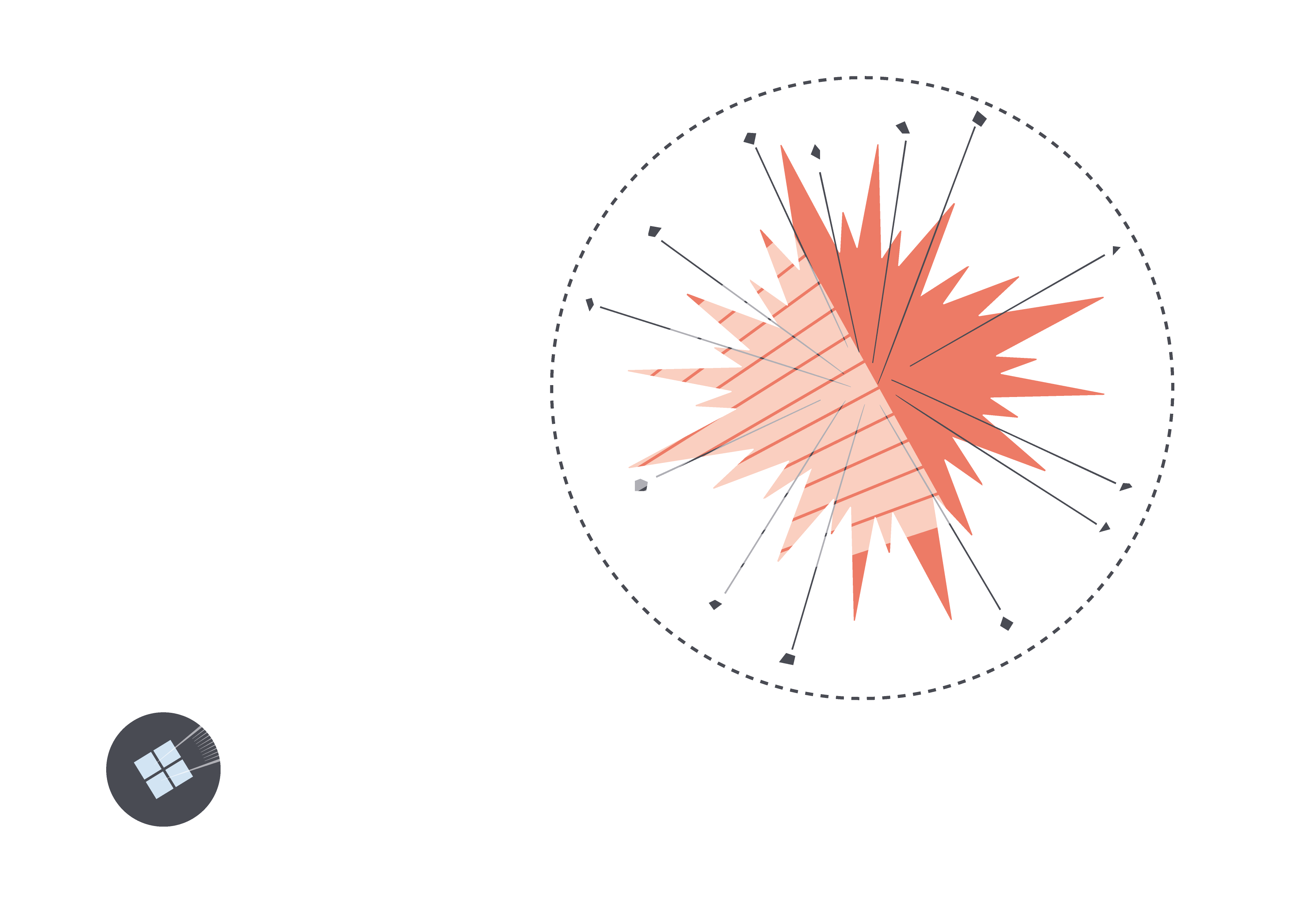Presenting Warhead Fragmentation Measurement System (WFMS) – the new way to replace Arena tests
Smarter, faster and more cost effective

The “Warhead Fragmentation Measurement System” – WFMS
Our Test & Evaluation, or Instrumentation Radar, is based on our WFMS system. From there, we add bespoke solutions for specific challenges.
- Artillery Shell Target Scoring System (Impact location, spread, angles, plume measurement and 3D mapping of fragments)
- Forensic (spread, velocity, depth and fragmentation)
- Debris and impact area (volume, spread, kinetic energi and RCS)
- Shooting ranges (V0, ballistic curves, spin and roll)
The challenges of weapon systems test and evaluation.
Both engineers, soldiers, developers and so many others are subject to constant changes in weapons development.
- Performing fragmentation analysis of live firing events is very difficult
- Reduced timeframes and costs whist still achieving key objectives decreases quality
- Accurate and high resolutions data is very limited unless multiple sensors are available
Operating in live ammunition areas
Operating in live ammunition areas requires expertise, knowledge and respect for the environment. With fragmentation in thousand of pieces, the expertise required to capture as many as possible is learned over time and knowing weapon types and systems from across the world. Our experts do.
At the time of explosion, when no individual fragments are available, the information accessible is merely the bulk mass of the warhead. Now, in the next short period of time the fragments will spread up uniformly around the axis of the bomb, but with more lethal effect in the direction perpendicular to the bomb than along the bomb axis direction. Hence, in a 2-D horizontal height slice different amount of fragmentation and velocity distribution will expectably be a function of the direction from the center of the live ammunition area.
Now, two mechanisms will lead to a thinning of the fragment density either per cubic-square meter or per radar resolution cell, meaning that the fragments will spread out in 3-D space as described above, and the fragments will have different velocities even within the same direction from the center of the live ammunition area. Hence, we could expect a more or less uniform distribution of fragment velocity from, say, 600 m/s and up to 2500 m/s. Accordingly, within 50 meters from the detonation of the bomb a fragment could potentially be positioned anywhere from 30 m up 125 m from the point of detonation.
The radar on the other hand if very effective to measure range and so-called range rate with very high accuracy. Hence, the expected range accuracy will be better than 1 m and the radial velocity (towards or away from the radar) will expectably be in the order of 10m/s. In the two tangential directions, that is, azimuth and elevation, the measurement accuracy is limited by the corresponding beam width.
For the system Nordic Radar Solutions has developed dedicated mono-pulse antennas and signal processing techniques that largely improve the angular measurement accuracies. However, no equivalent to the direct range rate measurement exist for the azimuth and elevation planes. So the corresponding velocity components have to be deduced from trajectory estimation techniques albeit with less accuracy.
What our radar does

The high operational radar frequency in the Ka-band regime, in combination with very high gain antennas and high-power amplifiers renders small fragment detection possible, even at long distances. The highly directive antennas are accompanied by a very narrow 2-D beam width. Similarly, a very wide operational radar bandwidth provides a submeter range resolution. Hence, a physical very small 3-D radar resolution cell makes fragment separation possible.
The physical small sized radar resolution cell allows the client to gain full benefit of the mono-pulse antenna signals resulting in a high precision angular estimate capability.
